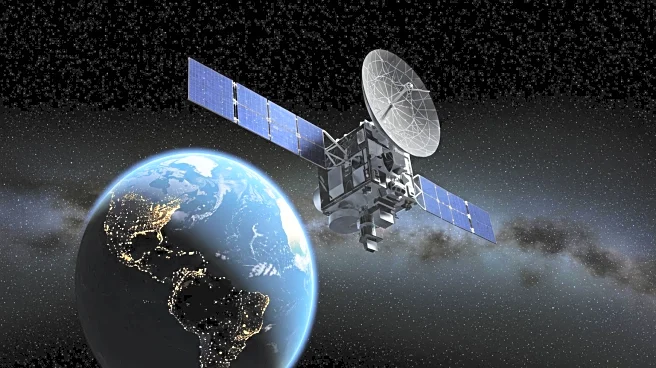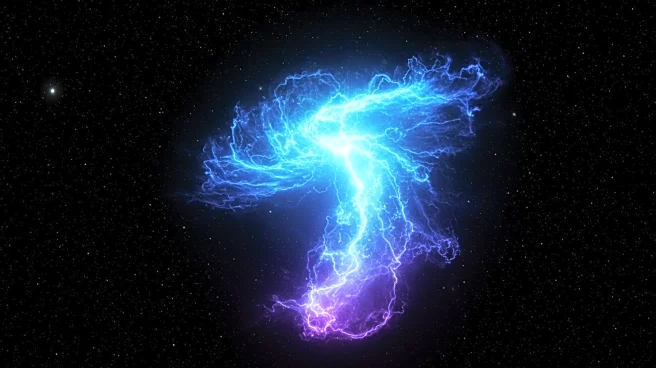What's Happening?
NASA and IBM have introduced Surya, an open-source AI model designed to improve the forecasting of solar storms. This development follows a tabletop exercise earlier this year that highlighted significant gaps in scientists' ability to predict space weather, which poses threats to critical infrastructure both on Earth and in orbit. Surya enhances the lead time and accuracy of solar forecasting technologies, enabling scientists to predict solar flares up to two hours in advance and pinpoint their location on the Sun's surface. The model is trained on nine years of high-resolution solar observation data from NASA's Solar Dynamics Observatory, which has been continuously monitoring the Sun since 2010.
Why It's Important?
The ability to accurately forecast solar storms is crucial for protecting infrastructure such as satellites, power grids, and communication systems from the disruptive effects of geomagnetic storms. These storms, triggered by high-energy particles from solar events, can cause significant damage, potentially leading to economic losses estimated at $2.4 trillion over five years. Surya's improved prediction capabilities offer decision-makers critical lead time to implement protective measures, thereby mitigating potential damage and economic impact. The model's open-source nature allows for broader scientific engagement, fostering innovation and utility in solar weather prediction.
What's Next?
Following the release of Surya, the scientific community is expected to explore its applications and challenge its capabilities. IBM plans to test the model's applicability to the current Solar Cycle 25 and explore continuous training with new data. This ongoing development aims to refine Surya's accuracy and extend its predictive lead time, enhancing its utility in solar weather forecasting. The collaboration between NASA and IBM signifies a step forward in leveraging AI for space weather prediction, with potential implications for global infrastructure protection.











